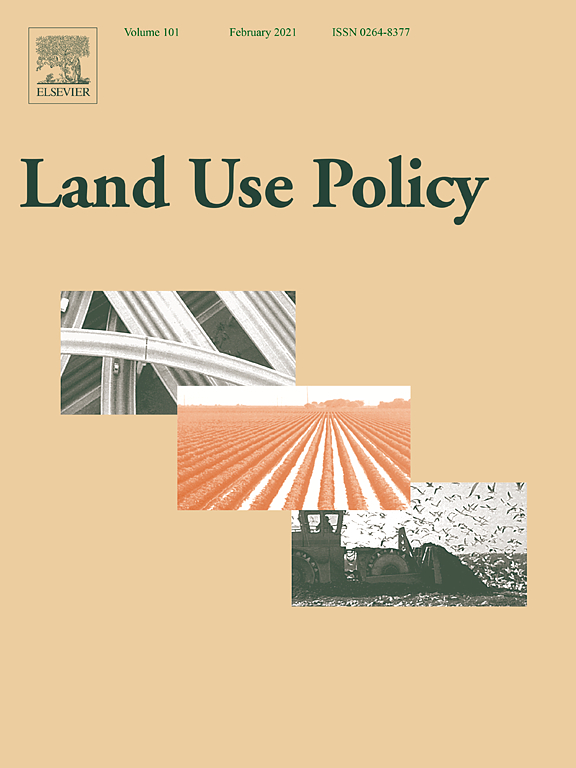Nexus between nature-based solutions, ecosystem services and urban challenges
Nature-based Solutions (NBS) are increasingly promoted to support sustainable and resilient urban planning. However, design and planning urban NBS targeted at the needs of the local context require knowledge about the causal relationships between NBS, ecosystem services (ES) and urban challenges (UC) This paper aims at contributing to this knowledge, by systematically identifying nexuses (i.e. qualitative links) between UC, ES and NBS, and describing plausible causal relationships.


